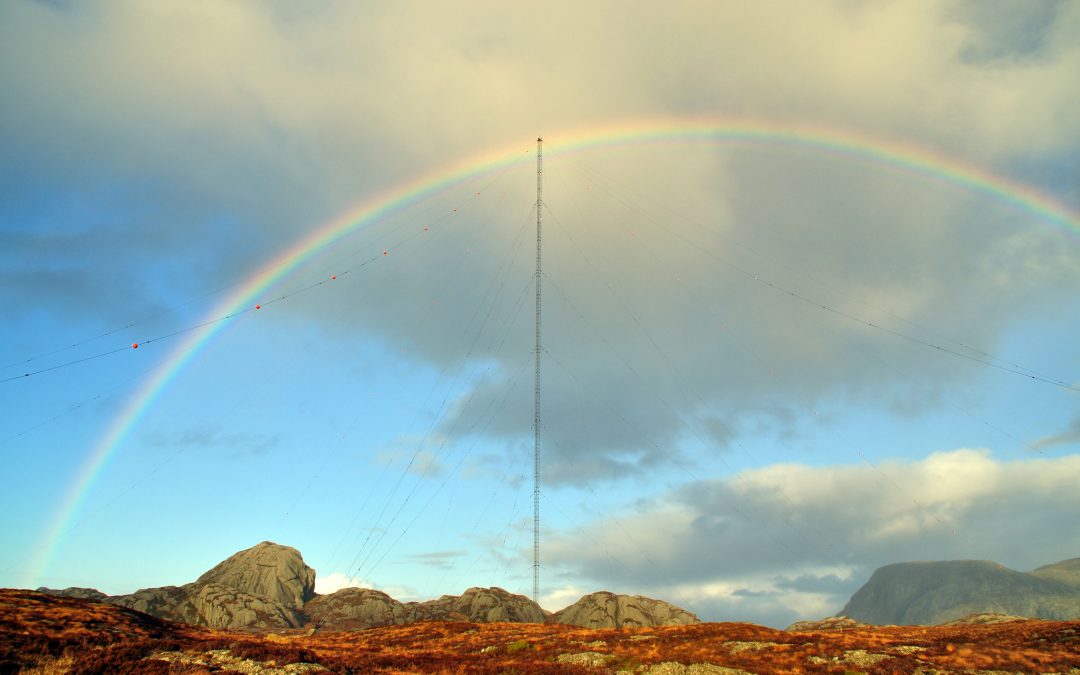Image: Former Loran-C transmission antenna at Værlandet, Norway. (Photo: UrsaNav)
Blog Editor’s Note: Good article by the editor of GPS World magazine.
eLoran has been named by numerous studies, including most recently “MarRINav” and the DOT “Complementary PNT and GPS Backup Technologies Demonstration Report,” as part of the solution.
The overall point, though, regardless of the technology used, has to be “The time to act is now. This issue has been studied to death for more than 20 years. There are technologies ready to deploy. It is time for action. A failure of national PNT will be catastrophic.”

eLoran: Part of the solution to GNSS vulnerability
Opposite and complementary
Though marvelous, GNSS are also highly vulnerable. eLoran, which has no common failure modes with GNSS, could provide continuity of essential timing and navigation services in a crisis.
GPS fits Arthur C. Clarke’s famous third law: “Any sufficiently advanced technology is indistinguishable from magic.” Yet, it also has several well-known vulnerabilities — including unintentional and intentional RF interference (the latter known as jamming), spoofing, solar flares, the accidental destruction of satellites by space debris and their intentional destruction in an act of war, system anomalies and failures, and problems with satellite launches and the ground segment.
Over the past two decades, many reports have been written on these vulnerabilities, and calls have been made to fund and develop complementary positioning, navigation and timing (PNT) systems. In recent years, as vast sectors of our economy and many of our daily activities have become dependent on GNSS, these calls have intensified.
A key component of any continent-wide complementary PNT would be a low-frequency, very high power, ground-based system, because it does not have any common failure modes with GNSS, which are high-frequency, very low power and space-based. Such a system already exists, in principle: it is Loran, which was the international PNT gold standard for almost 50 years prior to GPS becoming operational in 1995. At that point, Loran-C was scheduled for termination at the end of 2000.


